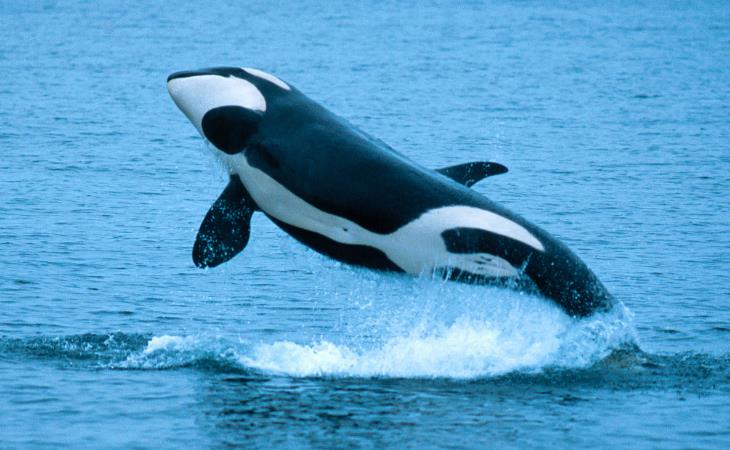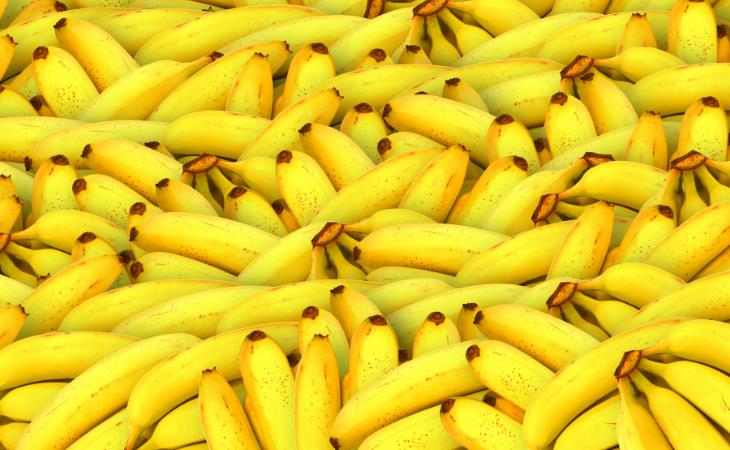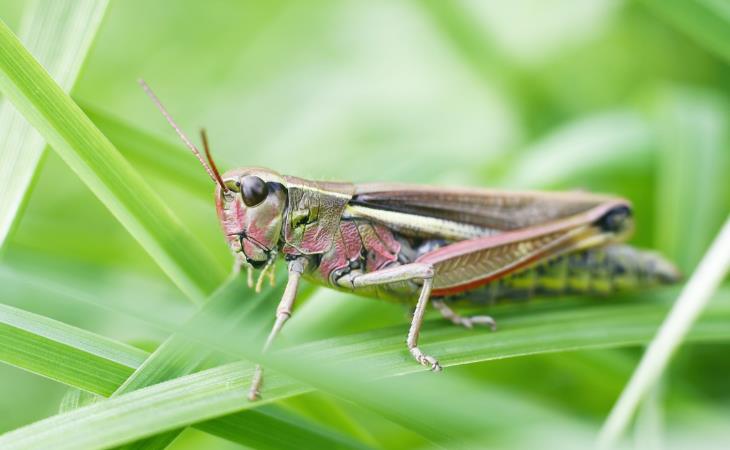Science is all around us – from the air we breathe and the food we eat to the fabrics we wear and the cosmetics we apply. Almost everything in our world is the consequence of scientific advances. Science is a source of constant discovery. It helps us gain a better understanding of the world around us. Today, we have some wacky, wild, and unusual science trivia for you. Now, you may not be someone who got excited about science in school, but we promise - these fascinating facts will leave you impressed.
1. Babies have around 100 more bones than adults
We bet you already know that the adult human skeleton is made up of 206 bones. But did you know that newborn babies have around 305 bones? That’s almost 100 more bones than adults! But how is that possible, given how tiny they are? A baby's skeleton is mostly made up of cartilage (rubber-like padding that covers and shields the ends of long bones at the joints). As they grow up, some of their bones fuse together to form one bone in a process called ossification.
2. The average person walks the equivalent of three times around the world in their lifetime
An average adult takes around 7,500 steps per day and will walk almost 75,000 miles (120,700 km) over their lifetime. That’s the equivalent of traveling around the world three times. A study of 2,000 adults found that each takes 6,839 steps a day and 2,496,235 a year. This amounts to approximately 1,182 miles a year - or 74,462 miles (1,19,834) over an average lifetime.
3. The human stomach can dissolve razor blades
If you accidentally end up swallowing a razor blade, don’t panic. Our stomach acids are so strong that they can dissolve razor blades! Acids are ranked on a scale of 0-14 - the lower the pH level, the stronger the acid. The PH level in the human stomach ranges from 1.0 to 2.0, which is incredibly strong.
A study published in the journal Gastrointestinal Endoscopy found that the “thickened back of a single-edged blade” completely dissolved after two hours of immersion in stomach acid.
4. There are more trees on the planet than stars in the galaxy
NASA estimates that there are approximately 100 billion to 400 billion stars in the Milky Way galaxy. Pretty incredible, isn’t it? But that number pales in comparison to the number of trees on planet Earth. According to a tally by an international team of scientists, the total number of trees on the planet amounts to around 3.04 trillion.
5. Some animals use the Earth’s magnetic field to know where they are
Here’s a cool nature fact we bet you didn’t know. The U.S. Geological Survey (USGS) says that there’s evidence that some animals, like sea turtles and salmon, have the ability to sense the Earth’s magnetic field and use it for navigation.
6. Hawaii moves 7.5cm closer to Alaska every year
This sounds like the plot of a science-fiction film, but it’s true. The Earth’s tectonic plates are in constant motion, driven by currents that rise and fall under them. Hawaii sits in the middle of the Pacific Plate, and due to this constant motion, it’s slowly shifting northwest in the direction of Alaska. Scientists estimate that these plates move at the same speed as the speed of growth of human fingernails.
7. Killer whales aren’t actually whales…
That’s because they are part of the dolphin family. They are, in fact, the largest member of the Delphinidae, or dolphin family. This family includes all dolphin species, as well as killer whales and pilot whales. The main physical feature that points to orcas being a type of dolphin is the presence of fatty deposits called “melons” in their heads. These organs help the animals in echolocation and only exist in dolphins.
9. Rats laugh when they’re tickled
File this under “strange but true.” A study published by a group of German scientists in the journal Science found that rats have the ability to “laugh” when tickled. They note that the rodents’ responses to tickles are mood-dependent - a relaxed atmosphere makes them giggle uninhibitedly while stressful situations suppress their laughter. However, you won’t hear a rat giggle yourself. That’s because tickled rats emit high-pitched chirping and squeaking that can only be heard through a special microphone.
10. Bananas are radioactive
We already know that bananas have naturally high levels of potassium. But you're probably not aware that a small fraction of all potassium is radioactive. According to the United States Environmental Protection Agency, each banana can emit .01 millirem (0.1 microsieverts) of radiation. No need to worry, though. This is a very small amount of radiation. To be affected by radiation poisoning, you would need to eat 10,000,000 bananas at once!
11. Water can exist in three states at once
Yes, water can occur in its three states – solid (ice), liquid, or gas (vapor) – at the same time. This is called the triple boil or triple point. It is the specific temperature and pressure at which three phases (gas, liquid, and solid) of a substance coexist. Scientists say that water reaches its triple point at the temperature of exactly 273.16 kelvins (0.01°C) and the pressure of 611.73 pascals (ca. 6.1173 millibars, 0.0060373057 atm).
12. Grasshoppers have ears in their bellies
Yes, you read that right. You might have noticed that grasshoppers do not have ears on the sides of their heads. So, where are they? On their abdomen. On either side of the first abdominal segment (tucked under the wings), these insects have a pair of membranes that vibrate in response to sound waves. This eardrum, called a tympanal organ, helps the grasshopper hear the sounds of fellow grasshoppers and other sounds.
Share this post with friends and family









